Types of Digital Advertising and Their Impact
In today’s increasingly technologically connected world, it is clear that the manner of communication of any business to their target audience is significantly different compared to earlier years. Advertising could only be aired on television or billboards. Consumers are surrounded today by a digitally dominated environment with every click or search potentially moving consumer behavior. Knowing the nuances of digital advertising for marketing can bring any business closer to top rank in today’s competitive markets. In the blog below, the type of digital advertisement along with its significant requirement is considered to reach out to the audience effectively.
What is Digital advertising?
Digital advertising is a practice of advertising in digital channels that promotes products, services, or brands. Compared to the more traditional advertising means, digital media have real-time interaction, personalization, and analytical strategies. There is a broad digital landscape today, offering multiple channels to feature products and services through search engines, social media, and others.
Types of Digital Advertising
Pay-Per-Click (PPC): The payment for PPC advertising takes place each time an advertiser’s advert is clicked. It is basically an approach to the purchase of visits to your site rather than an organic generation process. Search engine websites, such as Google Ads, are usually associated with PPC campaign execution. Its application guarantees measurability as well as maintaining and controlling ad expenditures on targeted keywords.
Pay-Per-Impression (PPI): PPI, or cost-per-mille (CPM), is an advertising model in which the advertiser pays according to the number of impressions his ad receives. It is perfect for brand awareness because the focus is on the number of impressions the ad will have rather than immediate clicks. PPI campaigns are commonly used in display advertising networks, where the goal is to reach a wide audience.
Cost-Per-Acquisition (CPA): CPA advertising only costs an advertiser for a specific action such as a sale, sign-up, or download. Advertisers pay exclusively for results in this model, thereby ensuring value for spending as the conversion is guaranteed. This system is more efficacious when businesses are keen to monitor conversions and the return on investment is quite high.
Cost-Per-Click (CPC): This is almost the same as PPC, except that the term is sometimes used to refer to a wider category where the advertiser pays for each click on platforms like social media or display networks. This model is excellent for generating traffic and stimulating user activity. It enables pinpoint targeting and is a cost-effective solution for any business, small or large.
Cost-Per-View (CPV): CPV is an advertising model used primarily in video ads, wherein the advertiser pays according to the number of views that his video ad gets. This format is ideal for brands that want to take advantage of the increasing popularity of video content. It lets advertisers connect with their audience through engaging visual storytelling.
Cost-Per-Engagement (CPE): The model of paying only when the users engage actively with an ad – that is, by liking it, sharing it, or commenting on it – makes CPE very useful in social media environments, where interaction by users forms the core measurement for the medium. It prevents the advertiser from spending money just to get an impression.
Direct Advertisement: Direct advertisement means businesses advertise directly to their customers without any third parties. Examples of direct advertising include banner advertisements on websites and social media post promotions. Through this kind of advertising, businesses maintain control over all messages and get in touch with the target market without using other networks.
Affiliate Advertising: This model is a performance-based one wherein businesses give rewards to affiliates for driving traffic, leads or sales through referral links. Affiliates act as partners who take up this business’s products or services to get spread on their platforms. This type of advertising is cost-effective as it does not charge a business unless a real result is received and helps leverage the reach of trusted influencers or bloggers.
The role of audience targeting
Effective digital advertisement is not reaching a broad audience but rather getting the right audience on board. In audience targeting, a message is passed to users that are likely to engage or make a purchase over a product. With data analytics, businesses can define their ideal customer by age, gender, location, interests, or purchasing habits. Advanced tools by artificial intelligence and machine learning further refine the process through prediction of user behavior, real-time optimization of ad delivery, and increased ROI along with the improvement in the overall experience for the user with the brand.
Digital marketing revolutionized the art of communication in businesses. In fact, with advertising, business has an unprecedented scope for creativity, precision, and scalability, but it becomes a success story only when one has understood the kinds of digital ads and the kind of audience one must target. The further development of technology will only present more advanced and dynamic strategies and tools for an advertiser. Engaging with the dynamic environment keeps the business ahead in reaching meaningful connections with customers and developing sustainable growth within a digitally driven world.
Enquiry
Recent Updates
- 12 February 2025
- 12 February 2025
- 12 February 2025
- 12 February 2025





